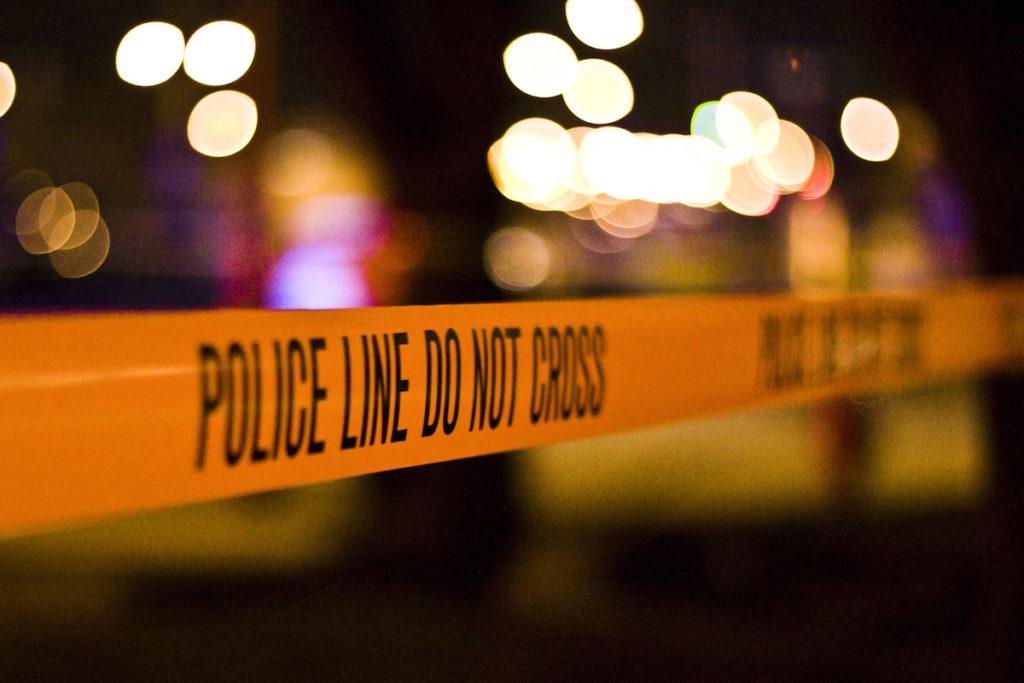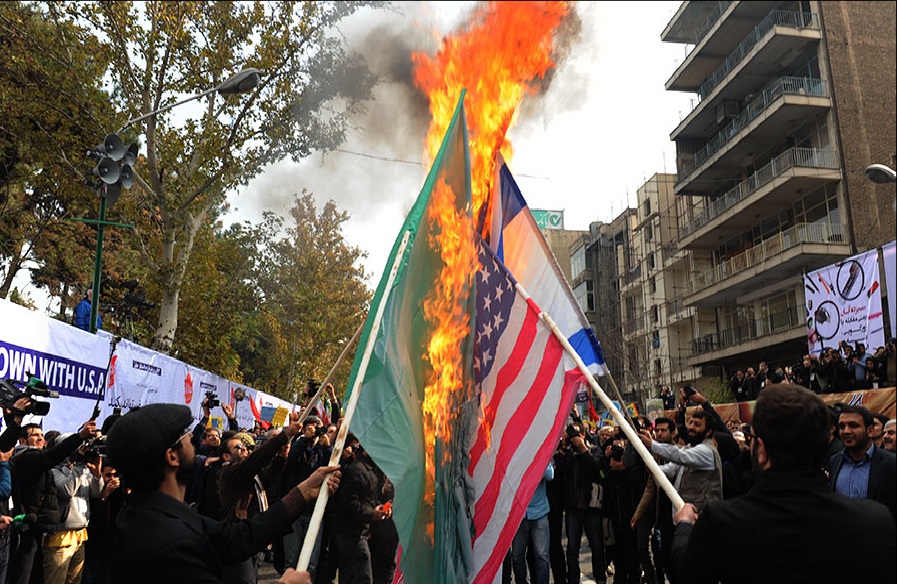In a dangerously misguided ruling that contradicts previous consensus, US District Court Judge Mark Kearney ruled two people in Pennsylvania had no right to film and photograph police officers in public. His essential claim: Recorders have no right to protection unless they also make clear efforts to “challenge or criticize” the officers they film.
The implications of Kearney’s opinion are illogical, absurd and ignorant on numerous fronts – he effectively disregards prior case law, ignores the free speech value of photographs, discounts the right to passive expression, suggests freedoms and rights are administered by public officials instead of held by citizens, encourages antagonism and, most worryingly, misinterprets the role the First Amendment plays in balancing overreach or abuse by the government.
One of the judge’s first acts of logical gymnastics is an attempt to throw out the established view of several courts that recording and filming police officers is constitutional, with or without other challenge or criticism. In a case brought against three Boston police officers in 2011, the First Circuit Court held that the action of recording public officials – which had been decided a decade earlier – extended to the police. Officers can’t arbitrarily arrest people simply because they would rather not be observed. Subsequent opinions have further outlined and cemented this right. Kearney acknowledged as much, yet claimed the cases in front of him didn’t fall under these rulings. It’s hard to see why they would stand apart: One plaintiff was arrested for taking a photo of 20-odd officers responding to and breaking up a house party; the other was a lawyer trained to be a legal observer of police at protests, an end which she was pursuing at an anti-fracking protest before one of the officers there took offense. Both represent clear cases of citizens publicly documenting public officials who are carrying out their duties in public.
Part of Kearney’s justification is the implication that photography and video are passive actions that don’t in themselves constitute protected speech. Both parts of this assertion are wrong. The act of documenting a scene isn’t somehow lesser because it’s done via a visual medium instead of a written or spoken one. Writing about either of the events in the Third Circuit would be considered free expression, as they rightly should be, regardless of whether the writers took a critical stance.
Further, the idea that documenting police officers is grounds for arrest, unless one loudly and publicly announces they are suspicious or critical of the officers, is chillingly antithetical to the doctrine of rights and freedoms. A person should never be required to announce their intention to engage in protected conduct in order for it to be protected. As Americans, we don’t take our rights from the government; we just have them. Our freedoms do not and should not be predicated on making potential abusers aware of them.
Finally, and most importantly, the history of visually documenting police officers has served a vital role in ensuring checks and balances against power and justice – or at least an opportunity for justice – for people who wouldn’t otherwise have a chance at receiving it. Scores of citizen-recorded videos in the past have revealed police misconduct or abuse, or at least controversial behavior. The vast majority of those recorders couldn’t have known ahead of time they would see abuse. Should police have had the authority to arrest these citizen observers? It’s difficult to see what public interest would have been served by Americans not having the option to see Rodney King’s beating at the hands of Los Angeles Police Department officers in 1992, Oscar Grant’s death after being shot by Bay Area Rapid Transit officers in a chaotic but non-violent incident in 2009 or Eric Garner’s choking death in 2014 – an incident which sparked a nationwide controversy and months of conversation about New York Police Department, racism and police-community relations.
It is absolutely vital we protect our right to be watchdogs, to engage as thoroughly and as comprehensively as possible with potential abuses. Video and photography is a necessary piece of such engagement. The First Amendment has a long legacy of balancing power in our country and allowing us – journalists, students, Americans, citizens and humans – to safeguard our own freedoms. When the American Civil Liberties Union argues its appeal against Kearney’s ruling, we will stand alongside it. We strongly encourage all our readers to do the same.
Photo courtesy Wikimedia Commons









